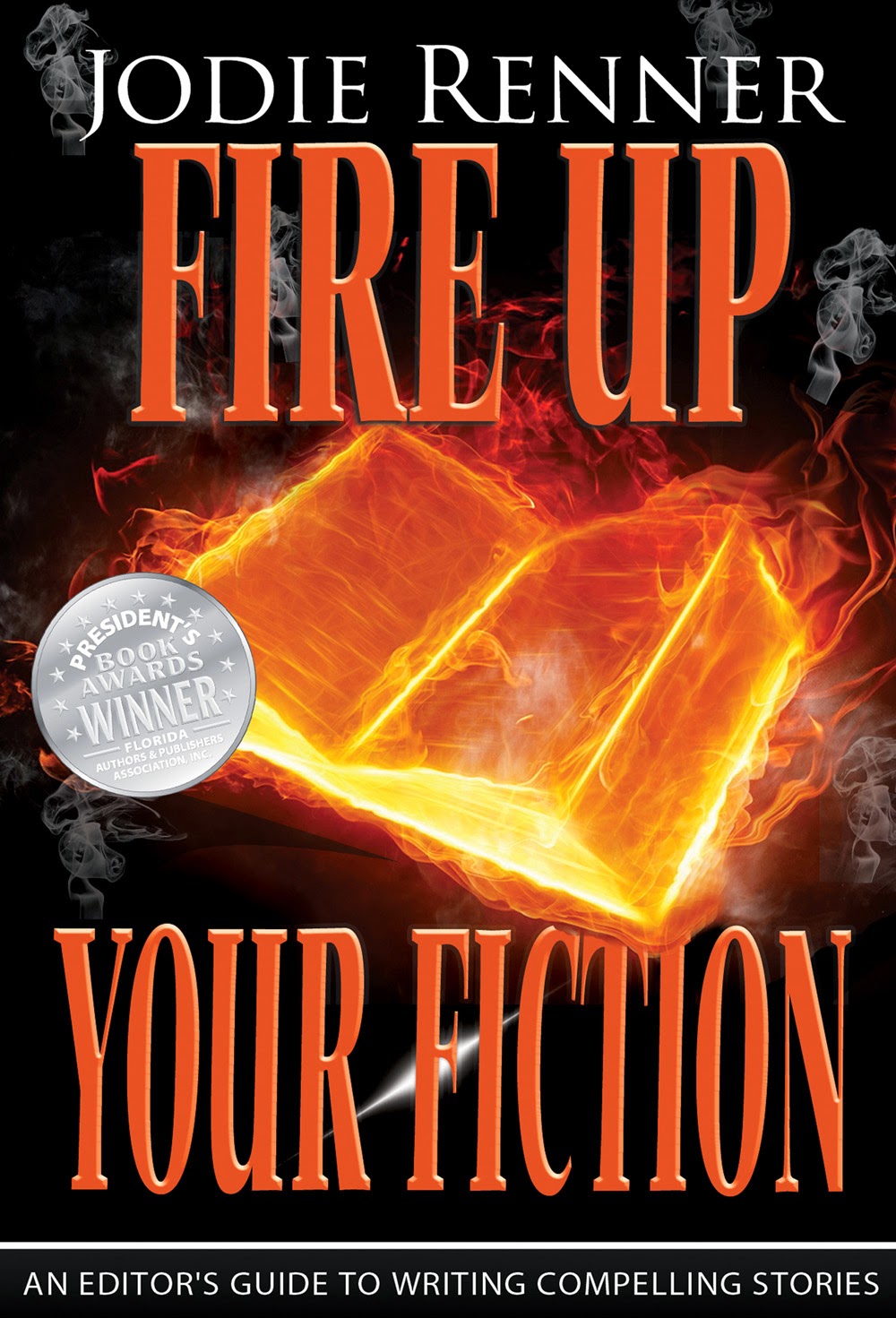Your back cover copy is the biggest deciding factor for readers picking up your book for the first time. Not only does it have to be enticing and polished, but it has to strike at the heart of your actual story and incite curiosity among the readers, to compel them to open the book and read the first page – which is also critically important.
And if you’re publishing it in e-book form, your back cover copy becomes your all-important book description on Amazon and elsewhere.

So your back cover copy or book description needs to:
– Grab readers’ attention – in a good way
– Incite curiosity about this book
– Tell us roughly what the story is about
– Introduce us to the main character
– Tell us the protagonist’s main problem
– Leave us wanting to find out more
James Scott Bell gives us a great template for writing strong, compelling back cover copy in his excellent book Plot & Structure.
His outline is a perfect jumping-off point for creating your own book description.
Paragraph 1: Your main character’s name and her current situation:
__________________ is a ________________ who ___________________________________.
Write one or two more sentences, describing something of the character’s background and current world.
Paragraph 2: Start with Suddenly or But when. Fill in the major turning point, the event that threatens the character, disrupts his world and forces him to take action. Add two or three more sentences about what happens next.
"But his world is turned upside down when..."
Paragraph 3: Start with Now and make it an action sentence, for example, “Now (name) must struggle with....”
Or use a question or two starting with Will: Will (name) be able to....? Or will she....? And will these events....?
Then add a final sentence that is pure marketing, like “(Title) is a riveting.... novel about .... that will ...you...till the ... twist at the end.
Now polish it up, making sure every word counts and you’ve used the best possible word for each situation. Aim for about 250-500 words in total.
There are of course many other ways to grab your readers in your book description, but be sure to use the main character’s name and hint at the threat that has upset his world and the obstacles he needs to overcome to win, survive or defeat evil and right wrongs. And leave the readers with a question, to incite their curiosity and propel them into the story.
Then, if there's space, you could squeeze in a great blurb or two, or a short author bio.
Resource:
James Scott Bell, Write Great Fiction - Plot & Structure. I highly recommend this book of Bell's, as well as his excellent Revision & Self-Editing, which is at the top of the list of recommended resources on my website, and I also recommend it to all my clients. (The updated edition is called Revision & Self-Editing for Publication.)

Anyone want to share your back cover copy or book description with us?

Jodie Renner has published two books to
date in her series, An
Editor’s Guide to Writing Compelling Fiction: Writing a Killer Thriller
and Fire up Your
Fiction, which has
won two book awards so far and is a finalist for 3 more. Look for the third book in the series, Captivate Your Readers, out in late 2014.
For more info, please visit Jodie’s author website or
editor website,
her other blogs, The Kill Zone and Resources for Writers,
or find her on Facebook,
Twitter,
and Google+.
Also, sign up for her newsletter.

Very helpful! I just wrote the first draft of the cover copy for my new thriller and it went very smoothly. I'll send it along to you soon.
ReplyDeleteGreat! Glad to be of help, LJ! Is that for the thriller I'm editing for you now? Love the characters and story!
ReplyDeleteExcellent advice! I'm not a fan of rhetorical questions in cover copy, though, especially in certain genres such as romance because of course the protags will overcome the barriers to happiness and fine true love. The answer to the question Will Susie let go of her wounded past to find love with Billy? is always yes. I used such a question for one of my early books but now I tend to end my cover copy with a statement about what is at stake for my protag or about some complicating event that threatens her goal.
ReplyDeleteYou make an excellent point there, Dorothy! Thanks for dropping by and sharing your thoughts on this! :)
DeleteExcellent idea, Dorothy. I'd much rather read a statement about what is as stake for the pro tag than a question to which we all know the answer.
DeleteGreat information. Thanks for sharing. (And Jim Bell's book is a wonderful starting place for anyone writing fiction).
ReplyDeleteThanks, Richard. And yes, I'm a huge fan of Jim's. I love his Conflict & Suspense, too, as well as the two mentioned above. And he's also an excellent presenter!
DeleteThanks to your advice regarding this earlier, I pulled my PLOT & STRUCTURE off the shelf and worked on the exercises at the end. I'm still not confident I've come up with a winner, but it's much, much better thn I would have written on my own.
ReplyDeleteGreat advice!
Thanks so much for this. I'm tearing my hair out dealing with this blurb stuff while my editor works on the manuscript itself. Of course, I don't have a title yet, either. Those are the very very very last things I come up with, with one exception out of 12 books.
ReplyDeleteTerry
Terry's Place